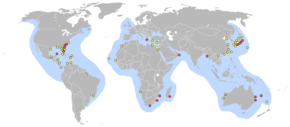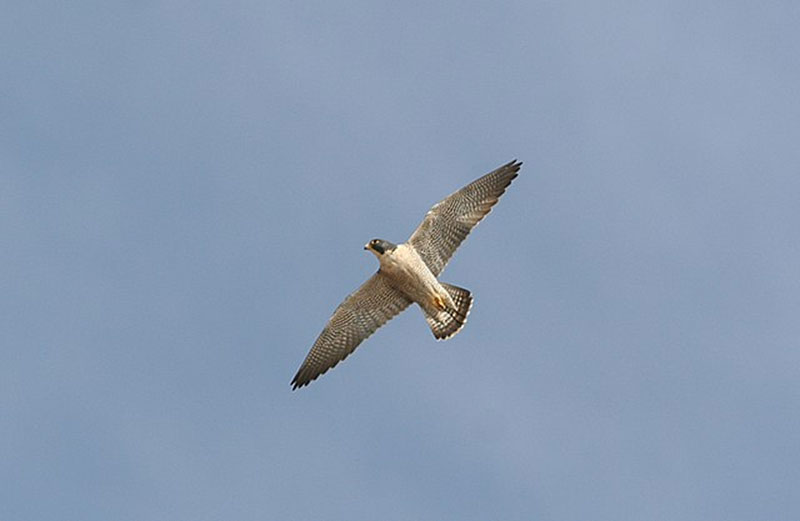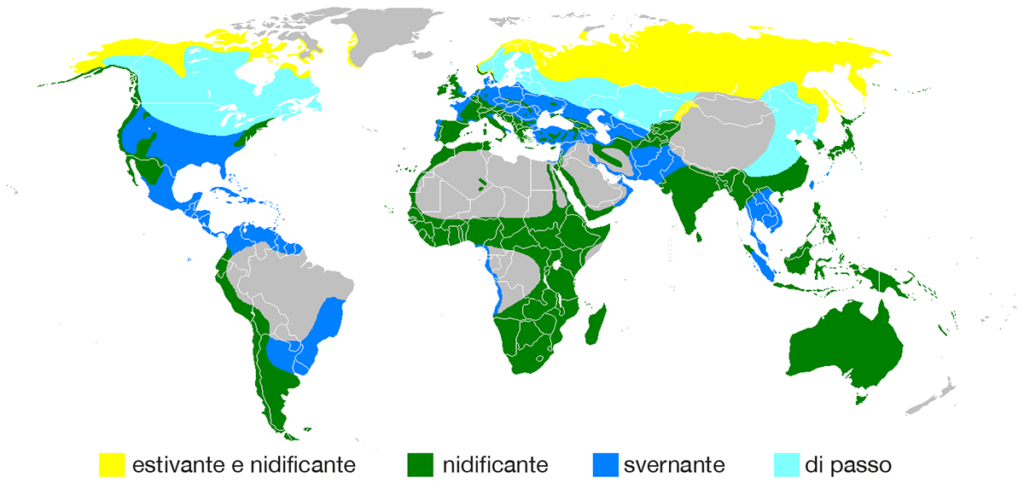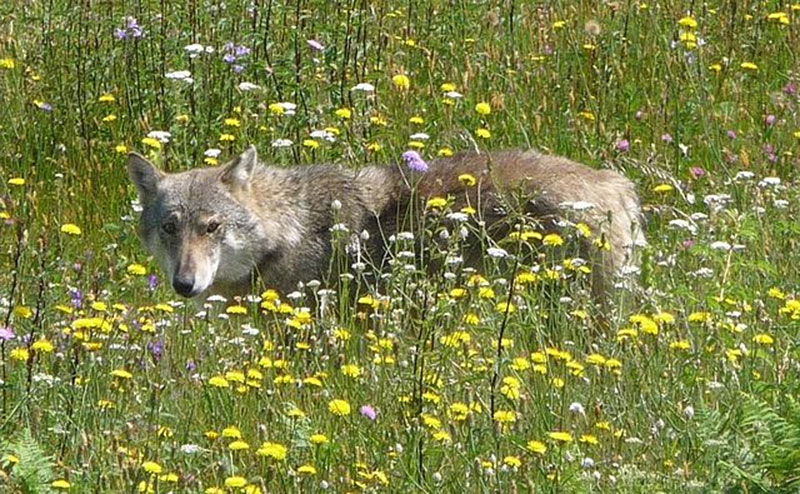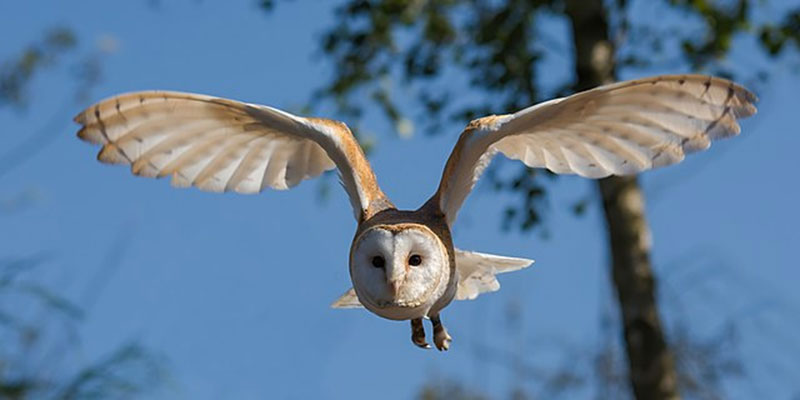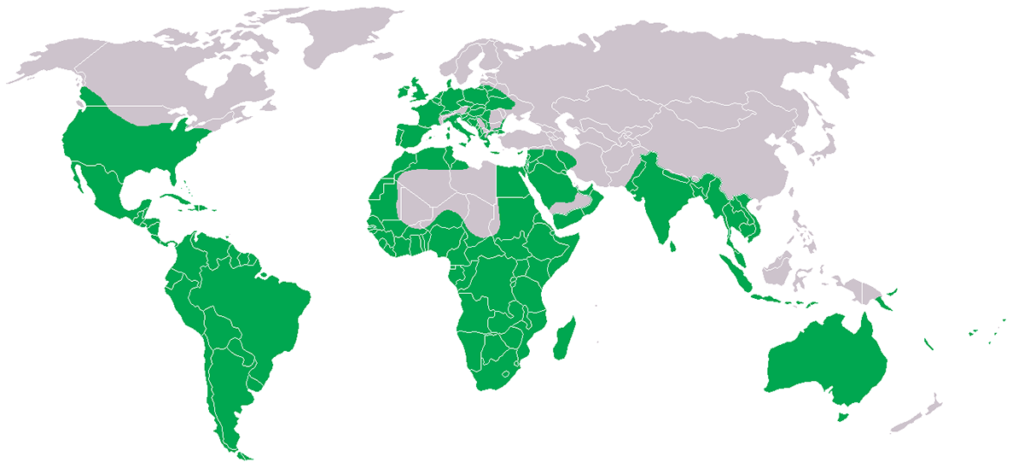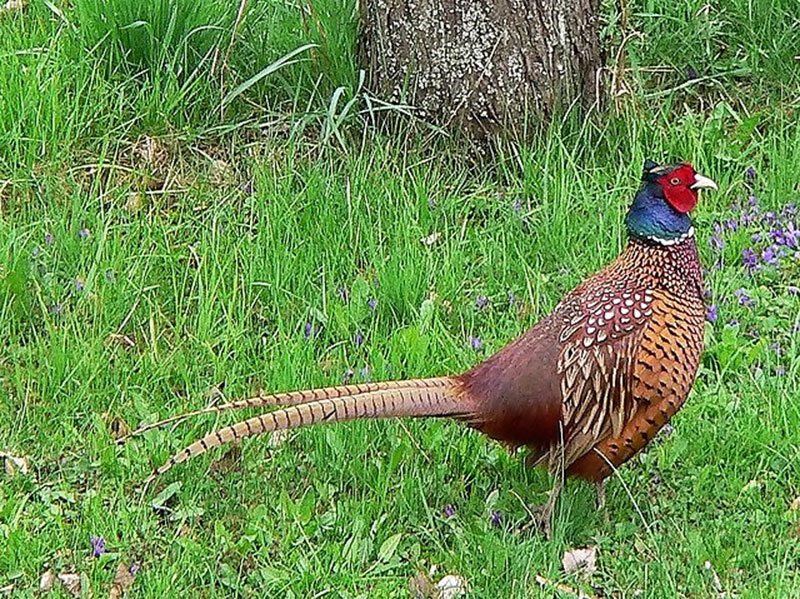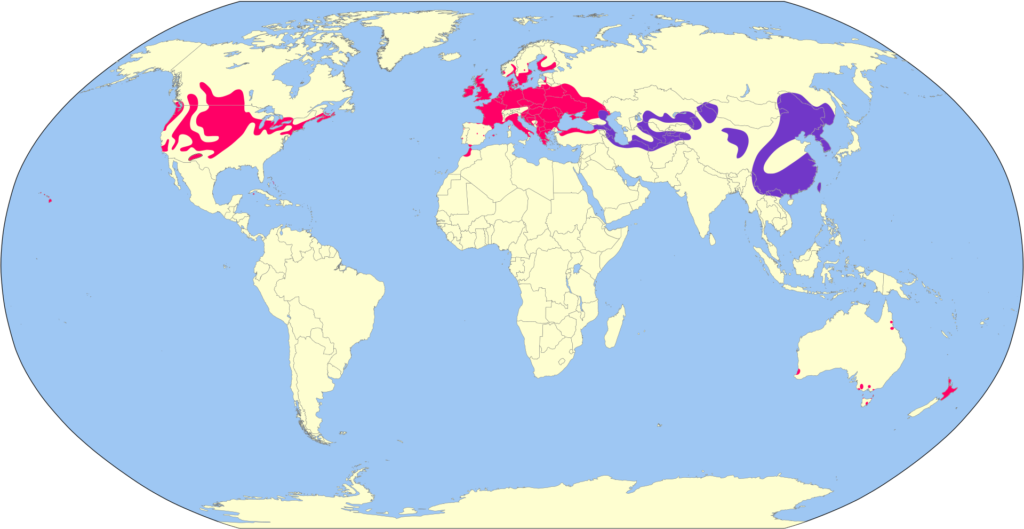Turtle
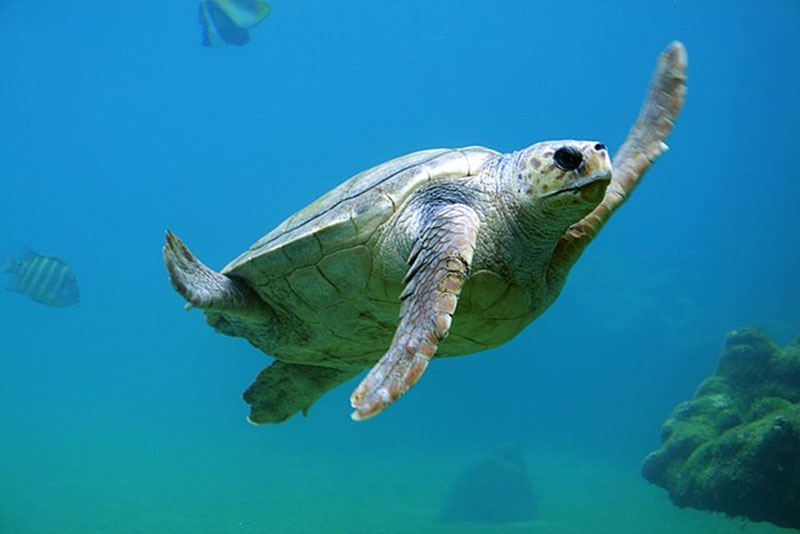
Common name: Turtle
Scientific name: Caretta caretta
Class: Reptilia
Order: Testudines
Family: Cheloniidae
Nutrition: Fish, algae, sponges, crustaceans, molluscs, jellyfishes.
Features: At birth it is about 5 cm long. The length of an adult specimen is 80 cm – 140 cm, with a mass varying between 100 kg and 160 kg. It has a red-brown carapace, darker in young specimens, and a yellowish, heart-shaped plate, two prefrontal plates and a very robust horny beak. The carapace is equipped with five pairs of costal shields. Characteristic is its habit of lying motionless on the surface of the sea, immersed in a deep sleep.
Curiosity: A sea turtle can live up to 50 years.

